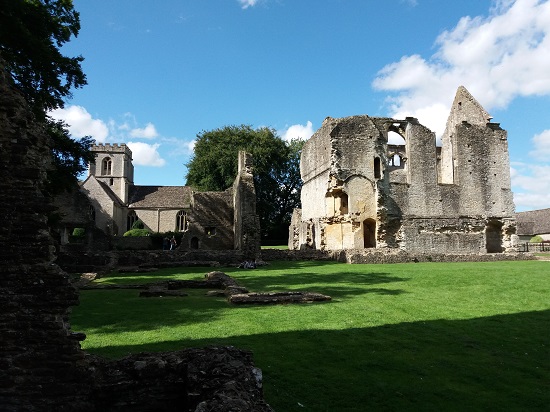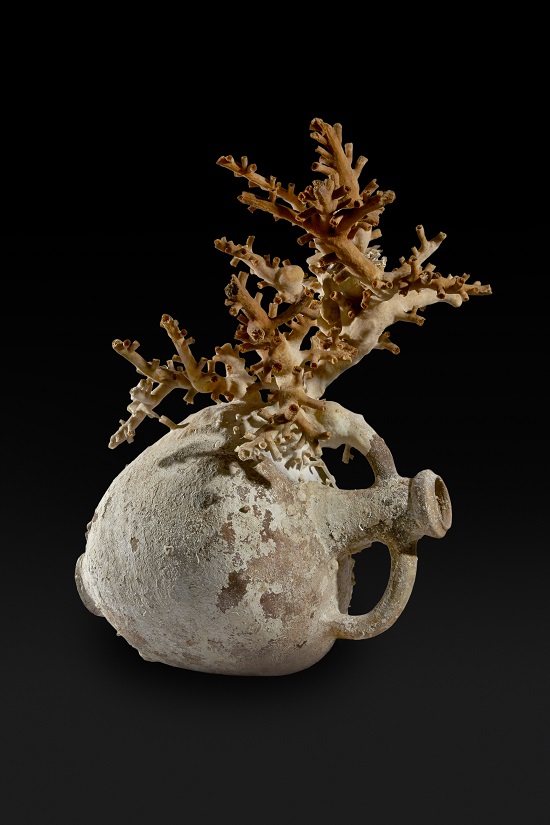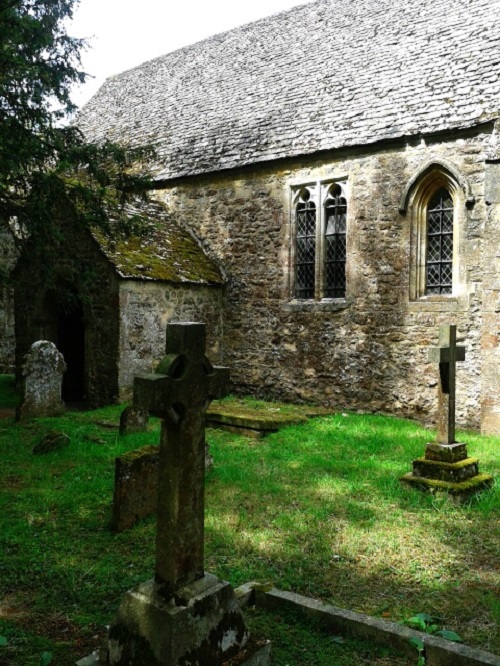Magical Tomes and Witch Hunting Manuals at the Ashmolean Museum
Last week I looked at the new exhibition at the Ashmolean Museum in Oxford, Spellbound: Magic, Ritual & Witchcraft. It’s such a compelling collection of folk magic through the ages that I wanted to look a bit more in detail at a few of the magic books that were included in the exhibition, along with some of the art that belief in witchcraft inspired in pre-modern times.
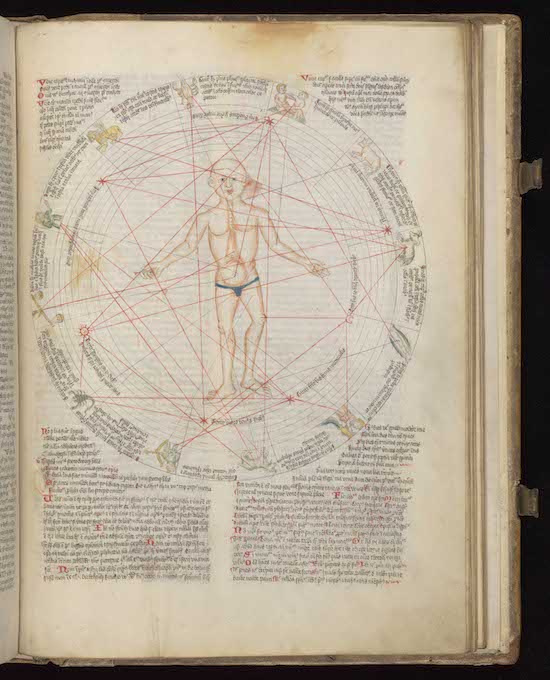
The “microcosmic man” in a German manuscript, c. 1420. © Wellcome Library,
London. The idea that man is a smaller reflection of the greater universe
goes back to Plato and Aristotle, and in the Middle Ages was developed by
astrologers into a system in which certain parts of the body correspond
to signs of the Zodiac. Medical texts used these charts to know whether
or not to bleed a patient. If the moon was in the sign corresponding to
the body part, it was unhealthy to bleed them.
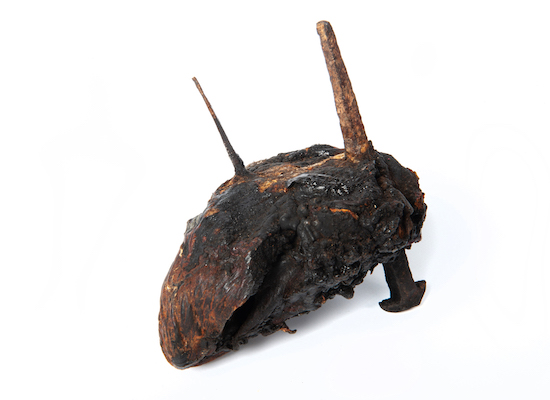
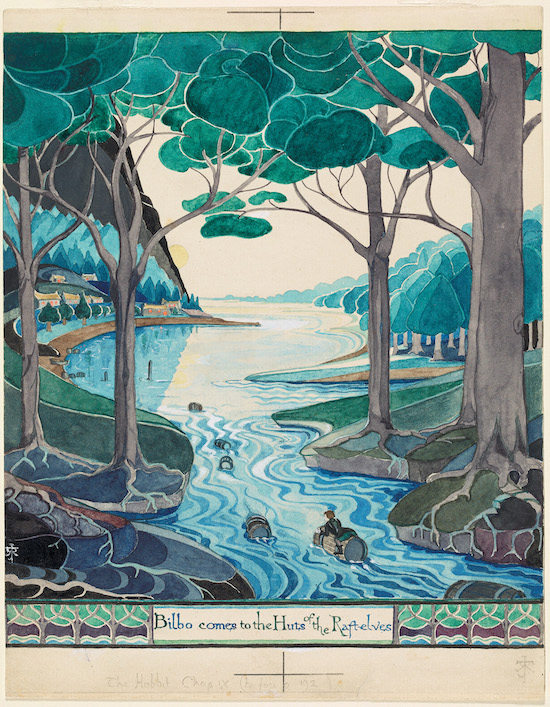
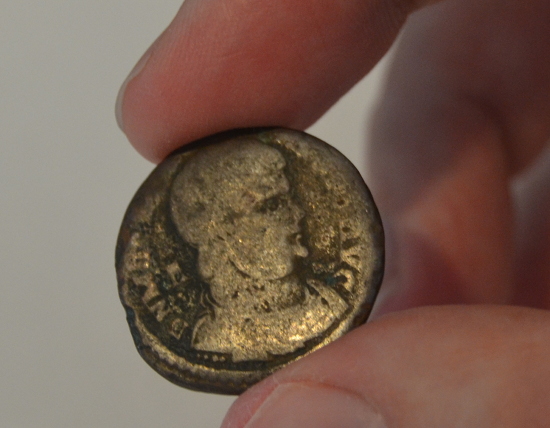
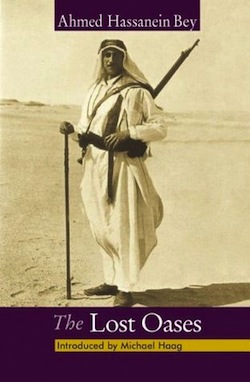 I’ve always loved vintage travelogues. The world was bigger a hundred years ago, its cultures more distinct and isolated. Travel was hard and sometimes dangerous. Accounts of old journeys bring me back to a time when people could go to places like Africa and not be able to text home.
I’ve always loved vintage travelogues. The world was bigger a hundred years ago, its cultures more distinct and isolated. Travel was hard and sometimes dangerous. Accounts of old journeys bring me back to a time when people could go to places like Africa and not be able to text home.
